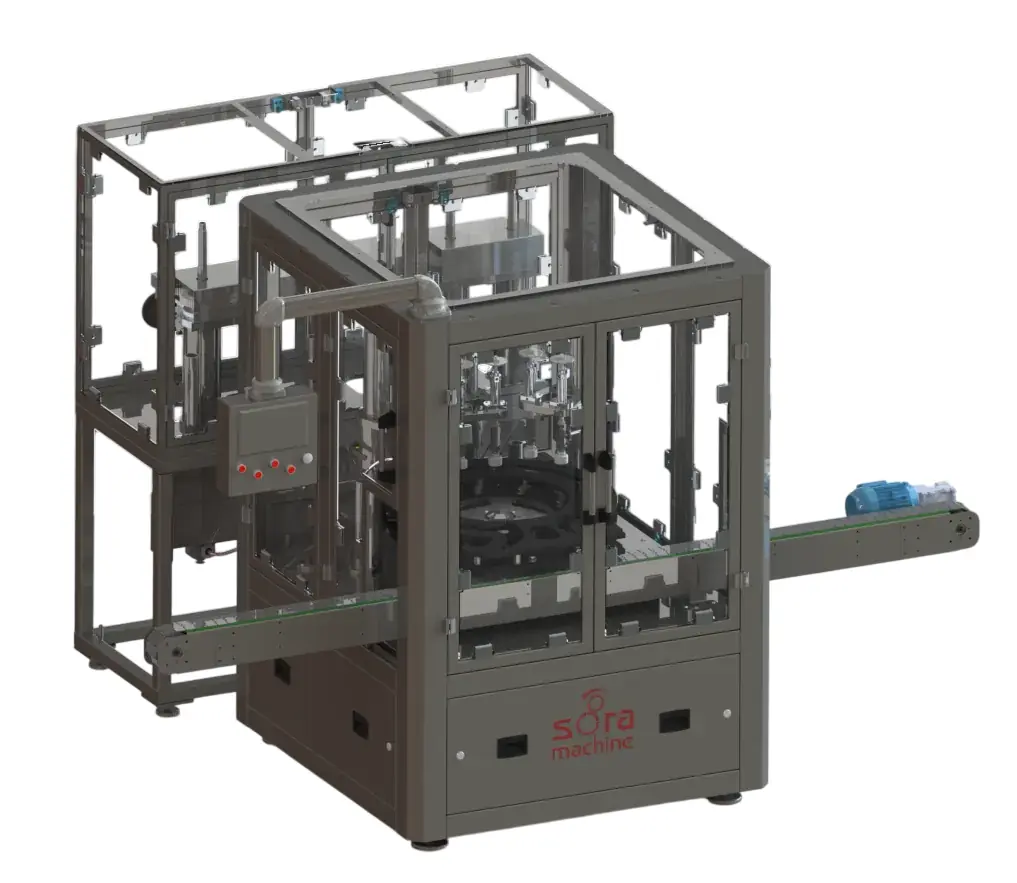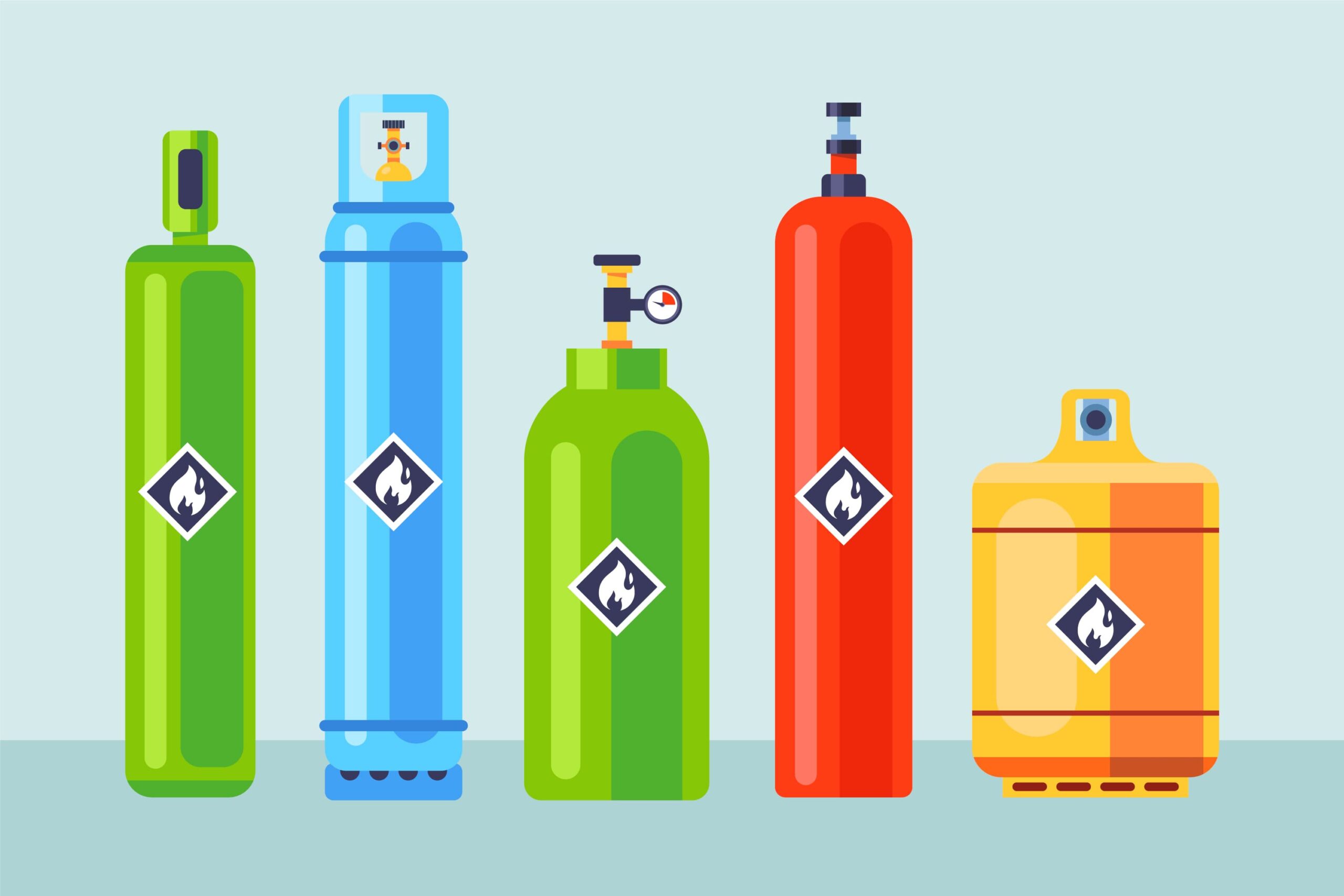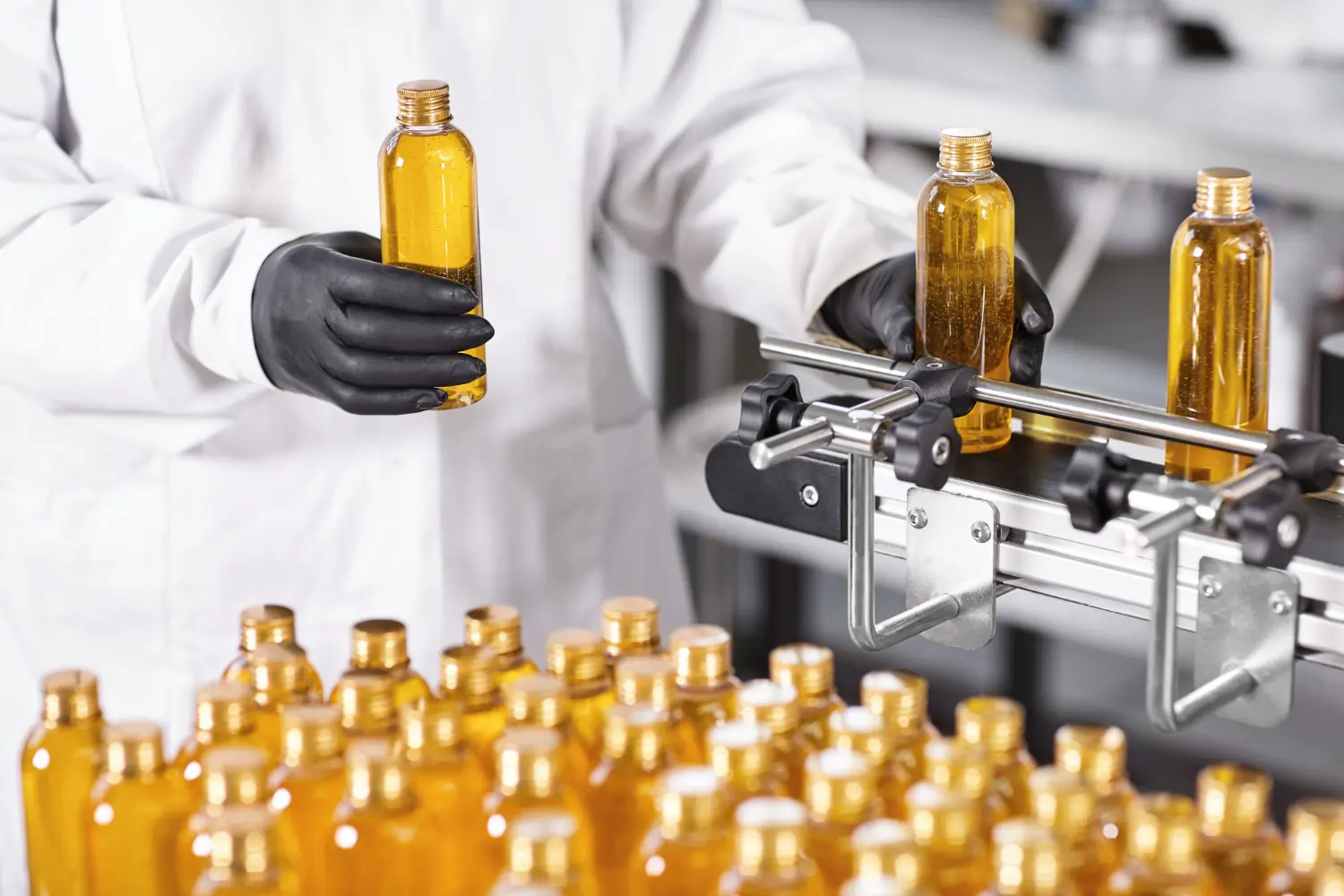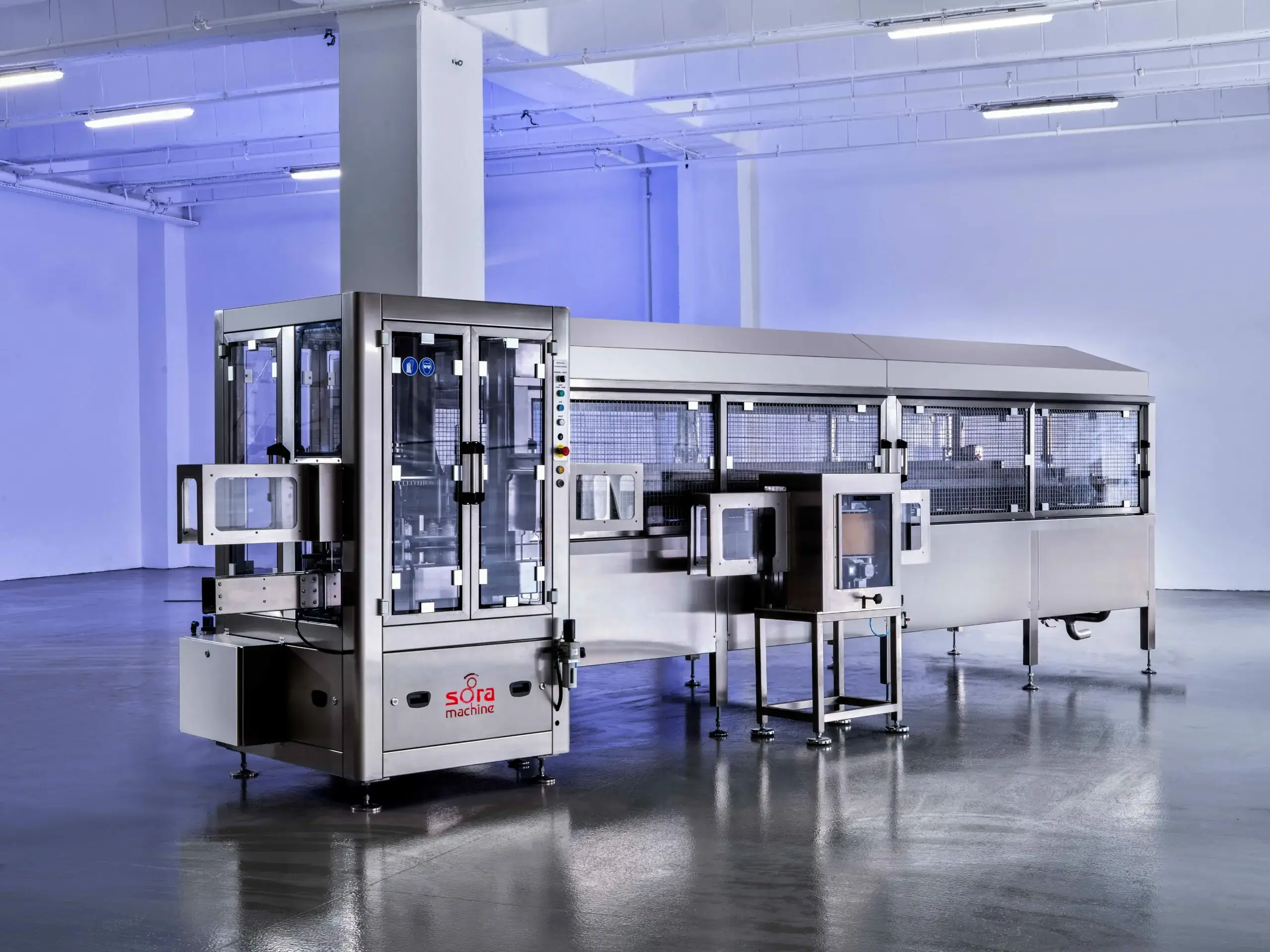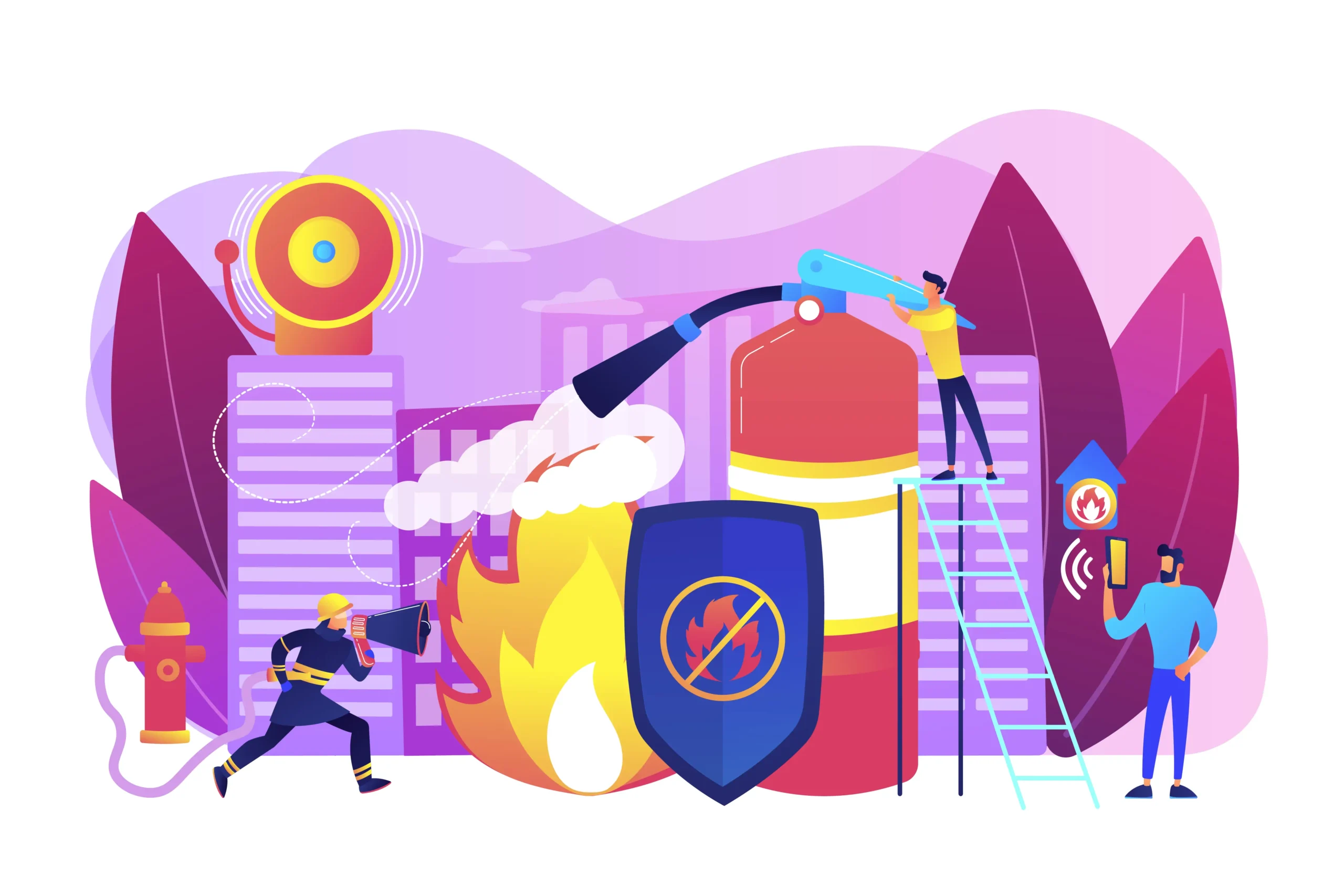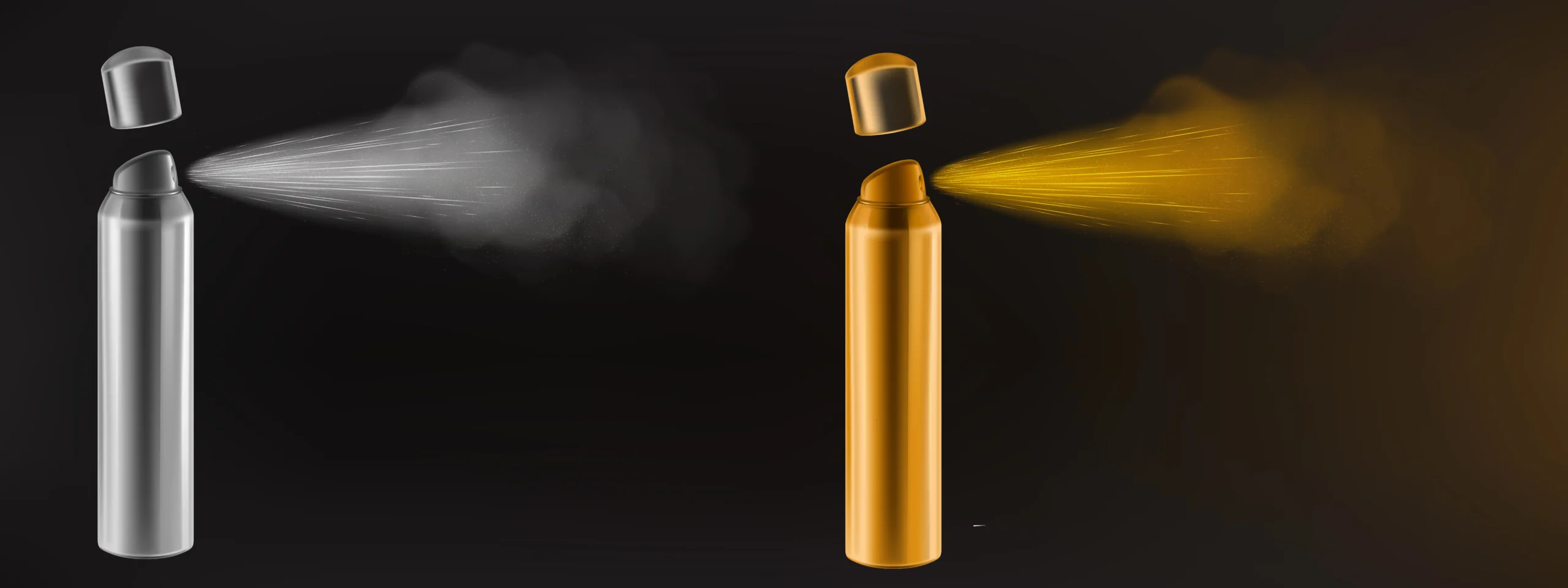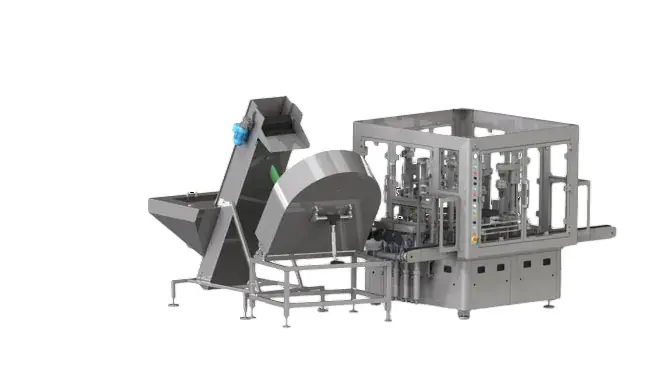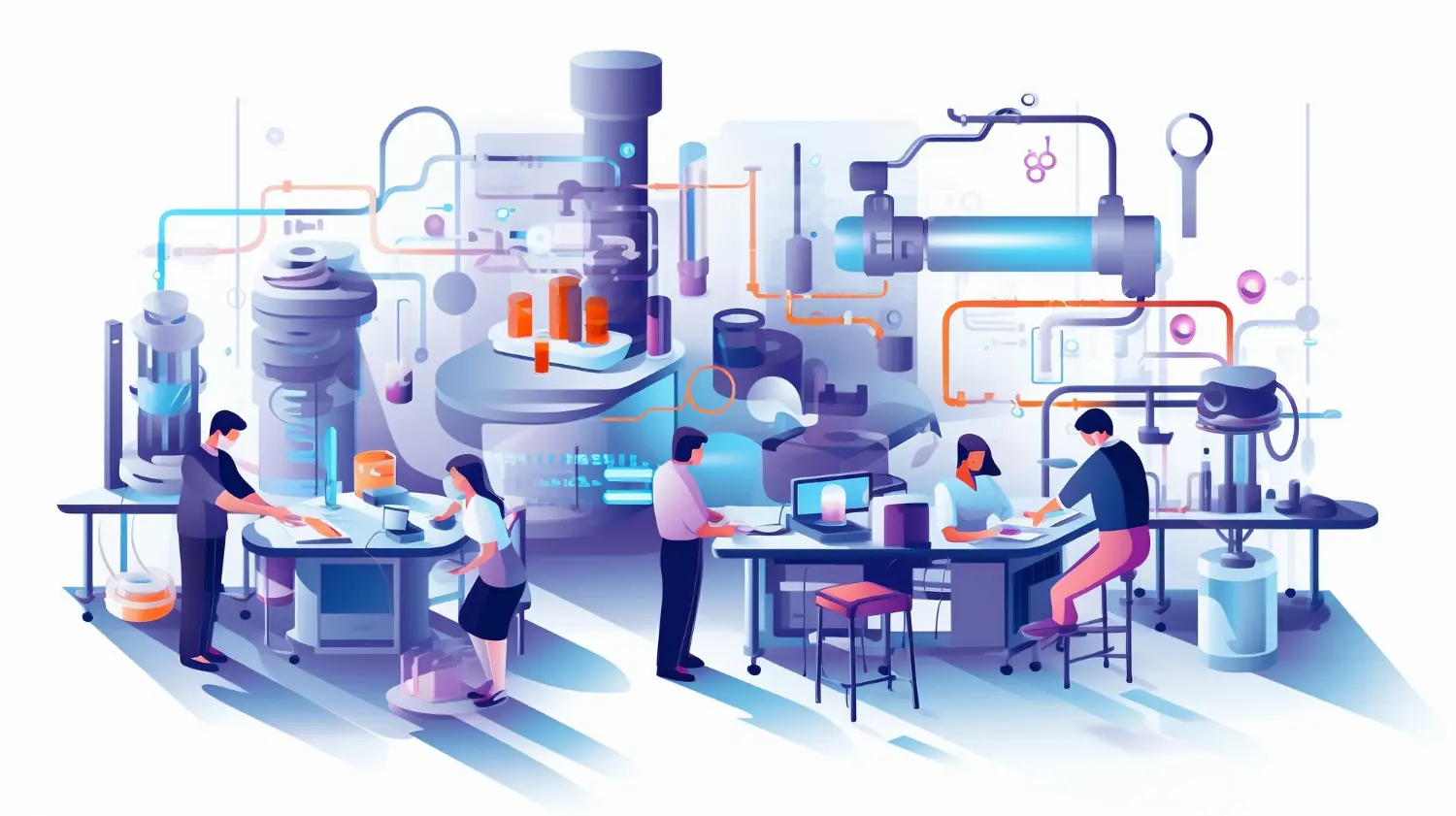For any firm, increasing output is both an exciting and difficult moment. Your existing arrangement might not be enough to effectively meet expectations as orders and demand increase. Choosing when and how to grow the system becomes critical for businesses that employ liquid filling machines. Regardless of the size of your manufacturing plant, the process of moving from semi-automated to fully integrated solutions or from manual to automatic requires careful consideration. This guide breaks down how to approach liquid filling machine scaling as your production capacity increases.
Is My Current Liquid Filling Machine Becoming Insufficient as My Production Capacity Increases?
As your business grows, so does your output. And while your current filling machine may have served you well in the early stages, increasing production capacity often exposes its limitations. Are you seeing delays in order fulfillment? Do your employees work overtime to keep up? Are you missing opportunities due to speed or accuracy issues? These can indicate that your liquid filling machine is running low.
It’s probably time to assess the system’s scalability when small production lines start to experience bottlenecks or when you find it difficult to remain consistent with increased volumes. Growth is fantastic, but you should also grow your equipment. If not, you run the danger of sacrificing effectiveness, quality, and eventually, client pleasure.
What Are My Main Options for Scaling a Liquid Filling Machine?
There isn’t a single, universal method for scaling a filling activity. Choosing the best update depends on your current system, the type of product you’re using, and your anticipated growth. The primary options for liquid filling line expansion include:
- Upgrading to a high-speed automatic liquid filling machine that handles more volume with minimal manual labor.
- Integrating support systems like automatic cappers, conveyors, or labeling machines.
- Investing in modular systems that can evolve with your production needs.
Your personnel, budget, and available space will all influence which of these options you choose. As they expand, some companies switch from semi-automated to completely automated lines. Long-term success depends on your ability to develop your system gradually.
From Manual to Automatic: How Do Different Levels of Scaling Affect Production?
Increasing volume is only one aspect of scaling; other aspects include streamlining processes, lowering labor costs, and guaranteeing constant product quality. Your line’s operation alters when you switch from a manual or semi-automated arrangement to an automatic liquid filling machine.
- Manual filling machines work best for new businesses or small, customized batches, but they lose their effectiveness as demand increases.
- Although they are faster and more consistent, semi-automatic filling machines still need operator intervention.
- Automated filling methods greatly increase output, lower labor costs, and decrease human mistake.Each level of scaling affects your production differently. An automatic system can increase your capacity tenfold, whereas a semi-automatic equipment can only double it. This enables you to standardize your procedures, save lead times, and take on bigger orders.
What Important Factors Should I Consider When Making a Scaling Decision?
Upgrading your filling machine involves more than just capacity. Consider these key factors before deciding:
- Product viscosity and container variety: Machines must handle different product types and packaging.
- Budget and ROI: Higher-end machines require upfront investment, but the payoff comes in saved labor and time.
- Space and layout: Your facility must accommodate any new equipment smoothly.
- Maintenance and training: New systems may require specialized knowledge and upkeep.
- Future growth: Will the machine meet future demand, or will you outgrow it again in a year?
Evaluating these areas helps you avoid short-term solutions and make informed decisions that support sustained growth.
What Benefits Would Scaling the Liquid Filling Machine Bring to My Business?
Investing in the right industrial filling machine upgrade provides immediate and long-term benefits. These include:
- Higher output: Complete bigger orders faster.
- Increased productivity: Cut down on production lag and bottlenecks.
- Quality and consistency: Reduce waste and attain consistent fill levels.
Optimize labor by lowering the number of operators needed for each shift.
- Cost savings: Over time, lower operating expenses as a result of less mistakes and waste.
More importantly, a modernized filling line boosts your credibility with distributors and clients. They’ll see that you’re serious about scaling your business and ready to meet market demands with professionalism.
How Can I Get Support from My Supplier to Find the Right Scaling Solution?
You don’t have to figure out every issue on your own. It’s a good idea to contact your supplier or manufacturer when considering a transfer. They might help you assess your current liquid filling line, production goals, and available space in order to recommend the best course of action.
If at all possible, arrange a virtual consultation or request a site visit. Some providers even provide industry-specific phased upgrade paths or customisation choices. Additionally, they can offer post-purchase assistance, installation, and training—all of which are essential while adjusting to new equipment.
Long-term partners that understand your business can help you expand effectively and sustainably.
How Can I Seamlessly Integrate My Existing Liquid Filling Line with a New Machine?
One of the primary challenges with scaling is ensuring seamless integration between the old and new systems. A smooth connection is necessary to avoid production disruptions. Thankfully, many modern technologies are designed with adaptability and connectivity as top priorities.
To integrate a new machine into your current setup:
- Map out your production flow to identify where new equipment fits best.
- Choose machines compatible with existing systems (e.g., matching conveyor heights or control logic).
- Use professional technicians during installation for alignment, calibration, and testing.
- Allow time for staff training to ensure smooth handover and minimal learning curve.
When your line is properly integrated, it becomes a single, highly effective system that can expand with your company.
How Are Energy Efficiency and Labor Costs Managed When Scaling?
Operational costs become increasingly apparent as you grow. Thanks to sophisticated motors and sensors that adjust to production speed and reduce idle time, modern machines are fortunately frequently more energy-efficient.
Investing in an automatic liquid filling system also maximizes manpower. One technician can manage a whole automated line in place of several employees filling and keeping an eye on each bottle by hand. This translates into greater value produced per employee, fewer hours worked, and a lower chance of human error.
Furthermore, maintenance requirements and downtime are decreased with programmable controls and diagnostics. The initial cost of upgrading your system is eventually covered by these savings.
As your production capacity increase, scaling your liquid filling machine is a logical next step. It all comes down to striking a balance between efficiency and growth, whether you’re switching from manual to semi-automatic systems or thinking about a fully automated solution. You can make sure your upgrade goes smoothly and strategically by asking the correct questions regarding compatibility, cost, energy use, labor, and supplier support.
Consider scaling as a chance to improve performance, satisfy your clients, and strengthen your place in the market rather than as a chore. You should put as much effort into your filling machine as you do. And with the right investment, it will.
